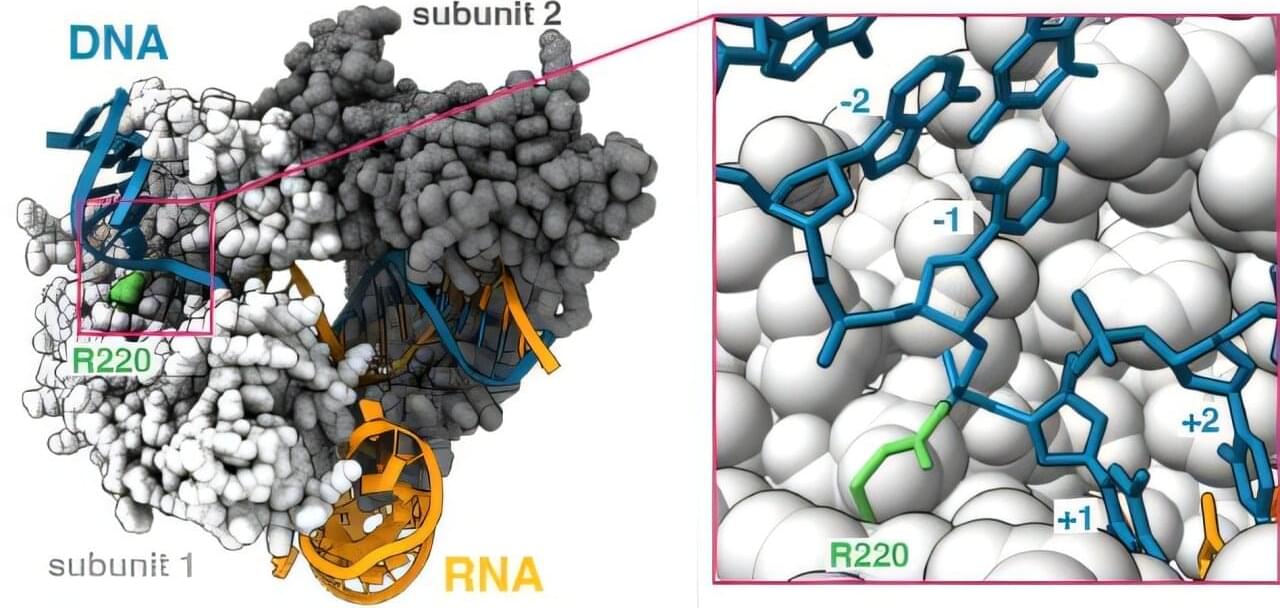Mammoth Biosciences researchers have developed NanoCas, an ultracompact CRISPR nuclease, demonstrating its ability to perform gene editing in non-liver tissues, including skeletal muscle, using a single adeno-associated virus (AAV) vector. Experiments in non-human primates (NHPs) resulted in editing efficiencies exceeding 30% in muscle tissues.
CRISPR gene editing has revolutionized genetics, but delivery challenges have restricted its clinical applications primarily to ex vivo and liver-directed therapies. Conventional CRISPR nucleases, including Cas9 and Cas12a, exceed the packaging limits of a single AAV vector, necessitating dual-AAV strategies that reduce efficiency.
Smaller CRISPR systems such as Cas12i and CasX have been identified, but they remain too large or exhibit low editing efficiency. Existing compact systems like Cas14 and IscB have not demonstrated robust efficacy in large animal models.
